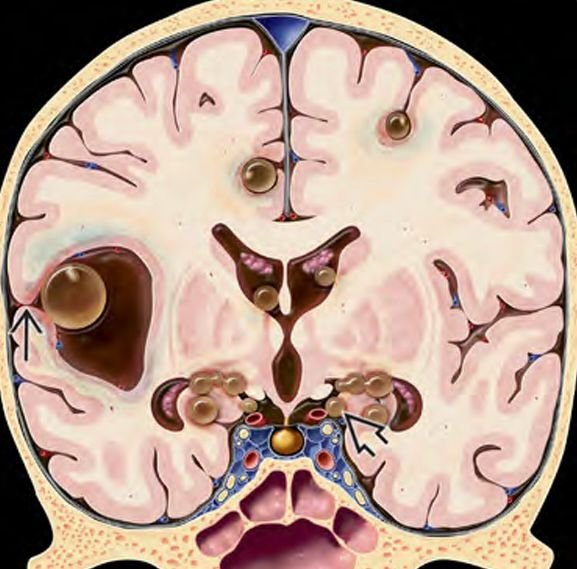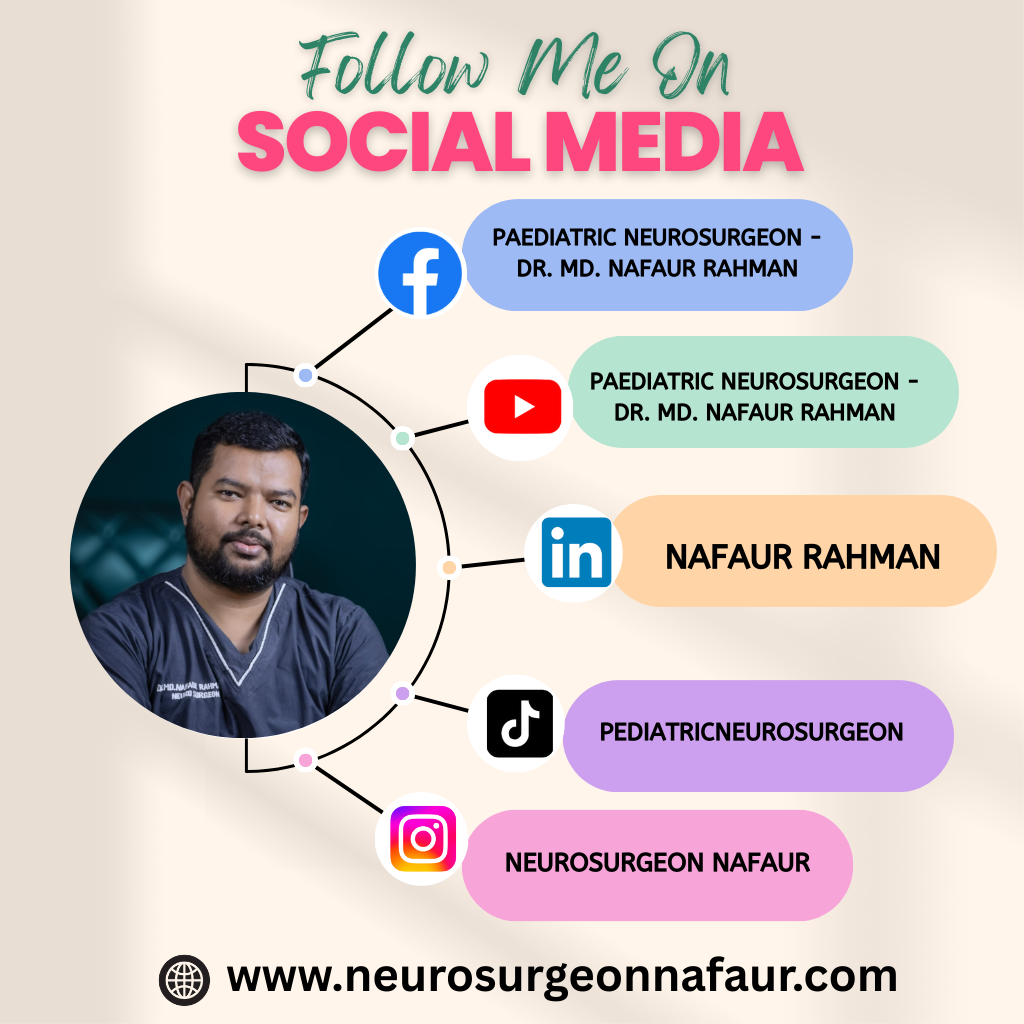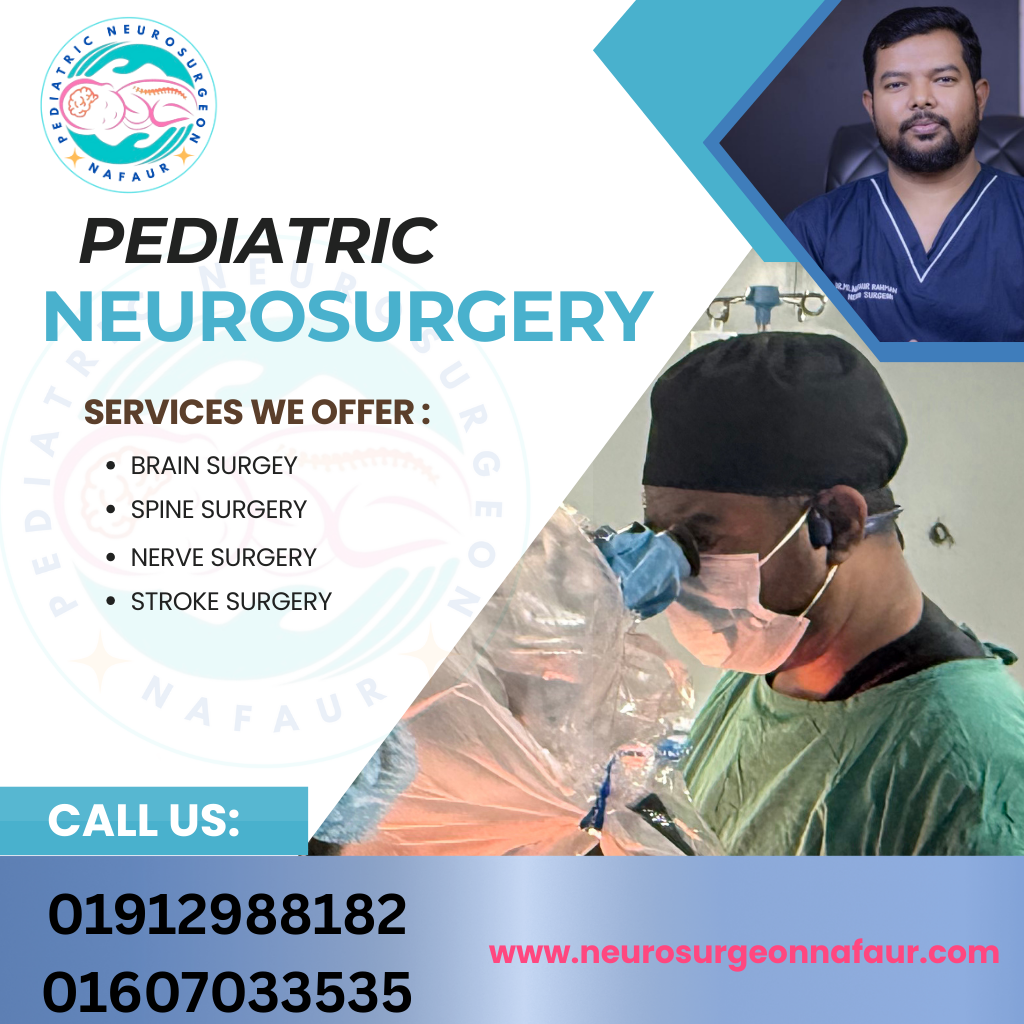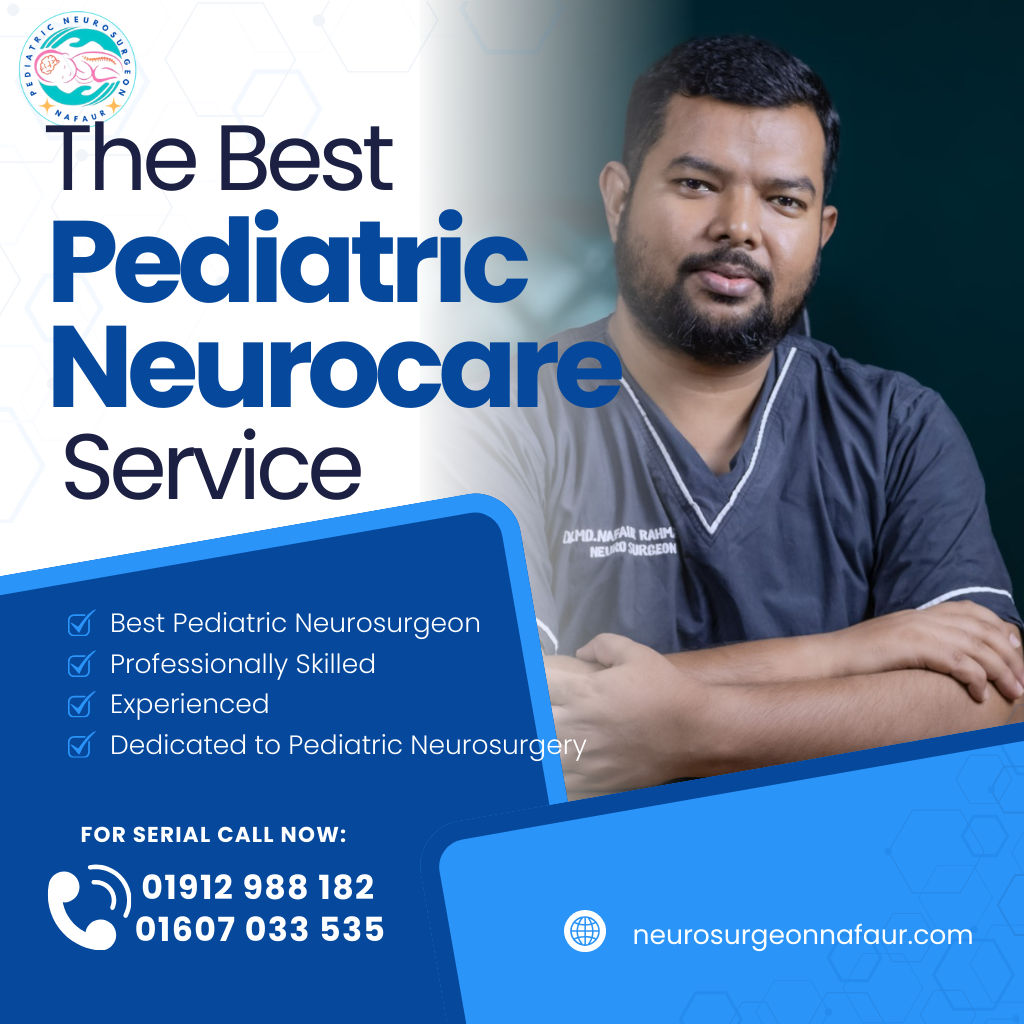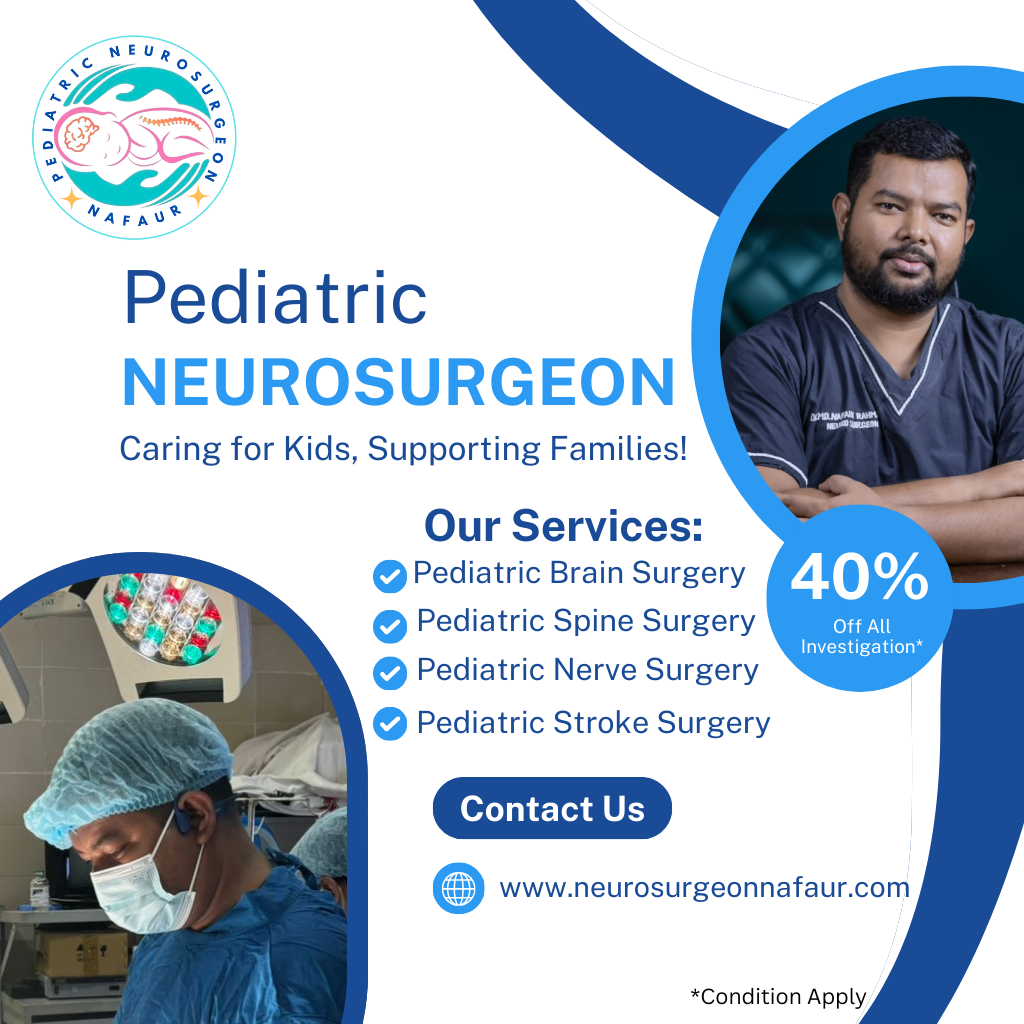Cysticercosis
Cysticercosis
Pediatric Cysticercosis is a parasitic infection caused by the larval stage of the pork tapeworm Taenia solium. It is a significant cause of neurological disease in children, especially in countries like Bangladesh where sanitation challenges and close contact with livestock increase exposure risks. Cysticercosis primarily affects the central nervous system when larvae invade the brain, causing neurocysticercosis, a leading cause of pediatric epilepsy and other neurological disorders. Dr. Md. Nafaur Rahman, a leading pediatric neurosurgeon in Bangladesh, provides expert diagnosis and advanced treatment options for children suffering from cysticercosis, aiming to reduce morbidity and improve quality of life. Causes and Risk Factors in Bangladesh Ingestion of eggs of Taenia solium through contaminated food, water, or poor hygiene practices. Consumption of undercooked pork or food contaminated by feces from tapeworm carriers. Poor sanitation and hygiene prevalent in many rural and peri-urban areas of Bangladesh. Close contact with pigs or living in endemic areas increases risk, especially in socioeconomically disadvantaged communities. Lack of awareness about transmission and prevention contributes to ongoing infection rates. Clinical Presentation in Children Pediatric neurocysticercosis presents with a wide range of neurological symptoms depending on the number, size, and location of cysts in the brain: Seizures are the most common presenting symptom, often new-onset and recurrent in previously healthy children. Headache, vomiting, and signs of increased intracranial pressure due to obstructive hydrocephalus. Focal neurological deficits such as weakness or sensory disturbances. Cognitive decline, behavioral changes, and learning difficulties in chronic cases. Signs of meningeal irritation or encephalitis in disseminated infection. Diagnostic Approach Accurate and timely diagnosis is crucial to manage pediatric cysticercosis effectively: Neuroimaging (MRI and CT scans) reveal characteristic cystic lesions, often with a scolex visible inside the cyst. Serological tests such as enzyme-linked immunoelectrotransfer blot (EITB) and ELISA help detect antibodies against Taenia solium. Clinical correlation with epidemiological history and neurological symptoms supports diagnosis. Differential diagnosis includes other infectious and non-infectious brain lesions. Treatment Modalities Management involves a combination of medical therapy and supportive care: Antiparasitic medications such as albendazole and praziquantel to kill the cysts. Anti-inflammatory drugs including corticosteroids to reduce brain swelling and inflammation. Antiepileptic drugs for seizure control. Neurosurgical intervention may be required to remove cysts causing obstructive hydrocephalus or significant mass effect. Long-term follow-up to monitor neurological development and seizure control is essential. Challenges in Bangladesh Limited awareness and diagnostic facilities in rural healthcare centers delay early detection. Socioeconomic barriers restrict access to specialized neurosurgical and neuroimaging services. Cultural dietary habits and inadequate sanitation contribute to sustained transmission. Need for community education programs on hygiene, cooking practices, and safe water use. Coordination between public health, veterinary, and medical sectors for control of Taenia solium transmission remains suboptimal. Prognosis and Follow-up Care With timely treatment, most children show significant improvement and seizure control. Untreated cases can lead to chronic epilepsy, neurological deficits, and disability. Regular neurodevelopmental assessments and rehabilitative support improve long-term outcomes. Preventive measures are critical to reduce reinfection and community spread. Why Choose Dr. Md. Nafaur Rahman? ✅ Renowned pediatric neurosurgeon with expertise in managing infectious brain diseases. ✅ Equipped with advanced neuroimaging and laboratory diagnostics at NINS and Bangladesh Paediatric Neurocare Centre. ✅ Comprehensive treatment approach combining medical and surgical management. ✅ Focus on affordable, culturally sensitive care tailored for Bangladesh’s pediatric population. ✅ Dedicated to increasing awareness and prevention of parasitic brain infections. Contact for Pediatric Cysticercosis Care in Bangladesh 📌 Dr. Md. Nafaur Rahman Assistant Professor, Department of Pediatric Neurosurgery, National Institute of Neurosciences & Hospital (NINS) Chief Consultant, Bangladesh Paediatric Neurocare Centre 📞 For Consultation and Emergency Contact: 📱 +8801912988182 | +8801607033535 🌐 Visit: www.neurosurgeonnafaur.com
